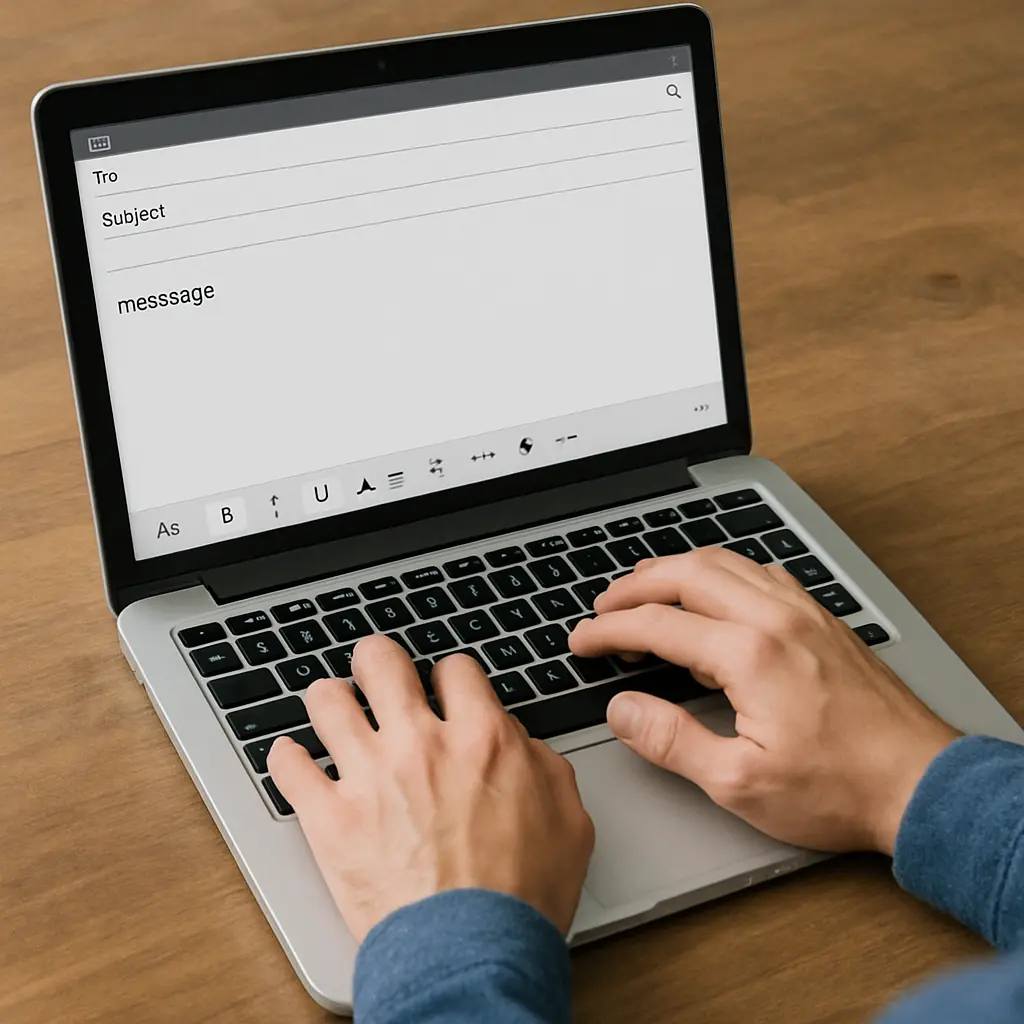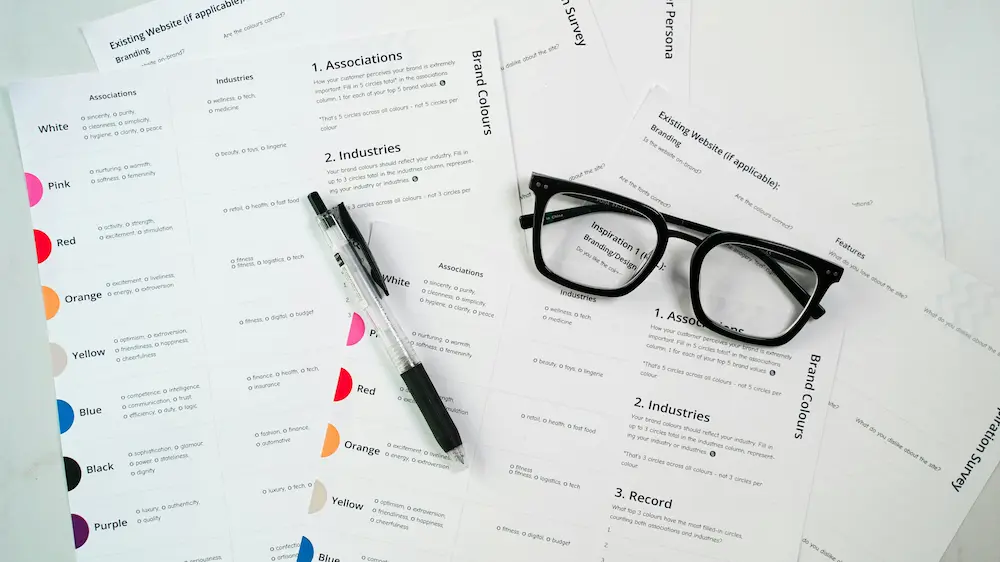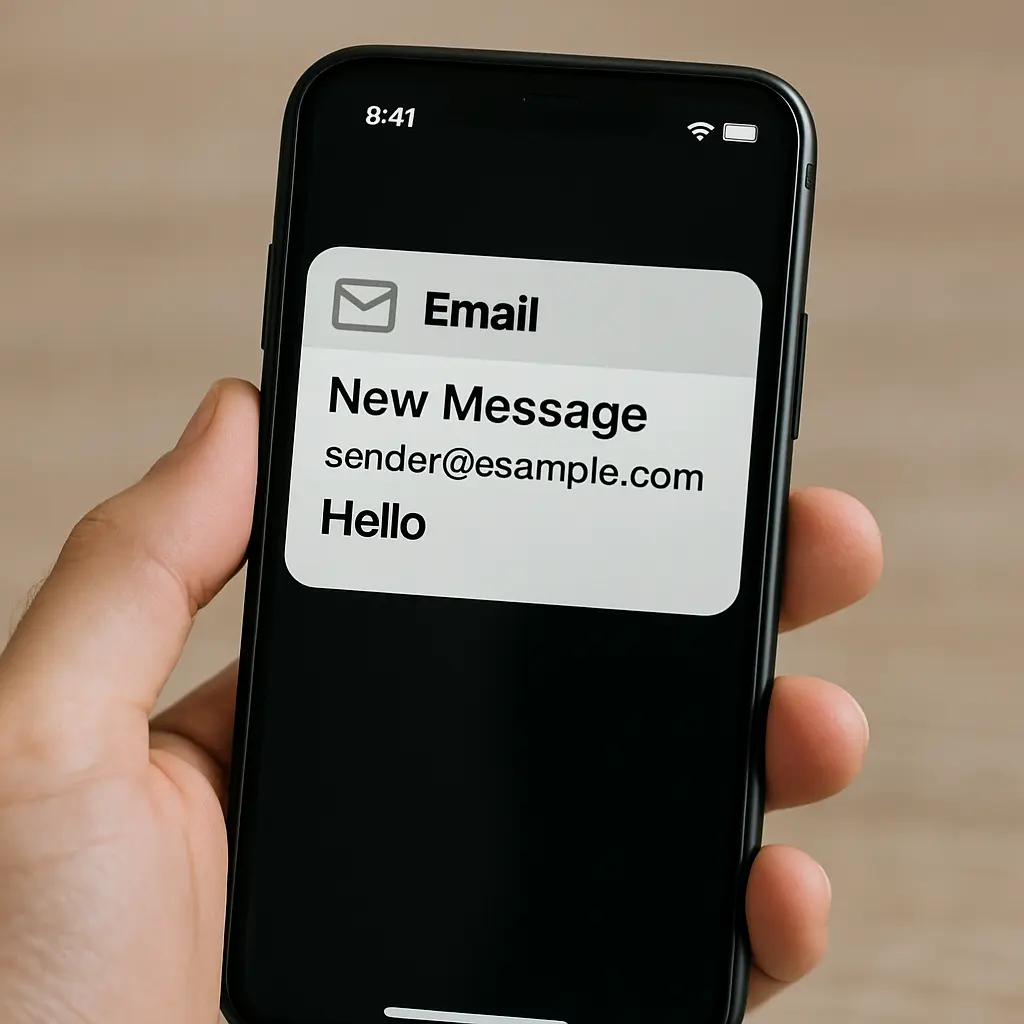How to Accept a Job Offer via Email

How to Accept a Job Offer via Email
Accepting a job offer via email is a crucial step in your career journey. It sets the tone for your future relationship with your new employer.
A well-crafted acceptance email shows professionalism and enthusiasm. It confirms your understanding of the job details and expectations.
This guide will help you navigate the process of accepting a job offer via email. You'll learn how to express gratitude and confirm key details.
We'll cover the importance of a prompt response. Timing can impact your first impression with your new employer.
You'll also discover how to maintain a professional tone throughout your email. This includes using a clear subject line and addressing the right person.
We’ll provide templates and tips to ensure your email is concise and effective. Avoid common mistakes and ensure your acceptance is well-received.
By following these steps, you can start your new job on the right foot. Let's dive into the details of crafting the perfect acceptance email.

Why Accepting a Job Offer via Email Matters
Accepting a job offer via email is both efficient and professional. Emails provide a written record of the agreement, which can be useful. This clarity helps avoid misunderstandings about job terms.
A prompt email acceptance shows enthusiasm and respect for the employer’s timeline. It reflects your commitment to joining the company. Also, employers often appreciate a timely and organized response.
Moreover, emails offer the chance to clarify important details. This includes confirming salary, start date, and role specifics. They also allow you to raise questions or requests in a professional manner.
Key reasons for using email include:
- Provides a clear record
- Offers immediate communication
- Enables confirmation of details
By using email for job offer acceptance, you set a positive precedent for future communication with your employer. This digital approach aligns with modern professional standards.

When to Send Your Job Offer Acceptance Email
Timing is crucial when accepting a job offer via email. Responding promptly shows your enthusiasm and professionalism. Aim to send your acceptance email within 24 to 48 hours of receiving the offer.
Consider the employer's timeline and any deadlines mentioned. If you need more time to decide, reach out to request an extension. This ensures you maintain a positive rapport with your future employer.
Key points to remember about timing include:
- Respond within 24-48 hours
- Respect any specified deadlines
- Request more time if necessary
By sending your acceptance email promptly, you demonstrate responsibility and a genuine interest in the role.
What to Include in Your Job Offer Acceptance Email
Crafting a thorough acceptance email is vital. It not only confirms your acceptance but also communicates your professionalism. Ensure you cover all necessary points to prevent misunderstandings.
First, express gratitude for the offer. Showing appreciation sets a positive tone. Next, confirm the essential details such as the job title, salary, and start date. This verification guarantees that you and the employer are on the same page.
Include any questions you might have regarding the role or company. It is normal to seek clarification, and it highlights your attention to detail and preparedness. Additionally, mention any documents or prerequisites needed before your start date.
Here's a checklist of what to include:
- Gratitude for the job offer
- Confirmation of job details (title, salary, start date)
- Any questions about the role
- Mention of required documents or forms

These steps in your acceptance email ensure a smooth start in your new position. Clear communication early on is essential.
Step-by-Step Guide: How to Accept a Job Offer via Email
Accepting a job offer via email might seem daunting. Yet, it can be straightforward. The key is organization and clarity. Follow this guide to send a well-crafted acceptance email.
Step 1: Start with a Clear Subject Line
Create a concise and direct subject line. Include your name and purpose. For example, “Acceptance of Job Offer - John Doe.”
Step 2: Address the Right Person
Begin your email by addressing the individual who extended the offer. Use a formal greeting like "Dear [Manager’s Name]." This personal touch shows courtesy.
Step 3: Express Your Gratitude
Thank the employer for the opportunity. A simple “Thank you for the offer” can enhance the tone. Gratitude is appreciated in professional settings.
Step 4: Confirm Important Details
Reaffirm key aspects of the offer. Mention the job title, starting date, and salary. Clarity on these points prevents future confusion.
Step 5: Reiterate Your Enthusiasm
Share your excitement about joining the team. Highlight why this role excites you. A passionate tone reflects well on your commitment.
Step 6: Close Professionally
End with a formal closing. "Sincerely" or "Best regards" works well. Don’t forget to include your contact details.
Step 7: Double-Check Before Sending
Proofread your email for errors. Double-check the recipient's email address. It's also wise to save a copy for your records.
Checklist:
- Subject line includes your name and purpose
- Formal greeting and expression of gratitude
- Confirmation of job details
- Positive closure and contact information

By following these steps, you ensure a professional email. This sets a good precedent with your future employer.
Email Subject Lines for Job Offer Acceptance
Crafting a strong subject line is vital for your acceptance email. It grabs attention and sets the tone. A clear subject line directs the email to the right person swiftly.
Consider these subject line examples for clarity and professionalism:
- "Job Offer Acceptance - [Your Name]"
- "Acceptance of Job Offer for [Position]"
- "Grateful to Accept the [Position] Offer"
These options ensure your email stands out. A precise subject line prevents any mix-up with other messages.
Job Offer Acceptance Email Templates
Crafting an email to accept a job offer can be daunting. Templates can guide you by providing a structure to follow. Use them as a basis to express gratitude and enthusiasm professionally.
When using templates, personalize them to fit your situation. Ensure you include essential details like position, start date, and any conditions discussed. Below are examples to help you build a suitable response.
Simple Job Offer Acceptance Email
Subject: Acceptance of Job Offer - [Your Name]
Dear [Employer's Name],
Thank you for offering me the [Position] at [Company]. I'm thrilled to accept this opportunity. I look forward to contributing to your team and starting on [Start Date].
Please let me know if there's anything required before then. Thank you once again.
Sincerely, [Your Name]
Acceptance with Questions or Clarifications
Subject: Acceptance of Job Offer with Queries - [Your Name]
Dear [Employer's Name],
I'm excited to accept the [Position] at [Company]. Thank you for this wonderful opportunity. I'd like to clarify a couple of points: [List your questions].
These will help me prepare better for my start on [Start Date]. Your guidance is much appreciated.
Warm regards, [Your Name]
Acceptance with Conditions or Special Requests
Subject: Job Offer Acceptance with Conditions - [Your Name]
Dear [Employer's Name],
I'm delighted to accept the offer for the [Position] at [Company]. Thank you for this exciting opportunity. However, I would like to discuss a few conditions such as [State conditions or requests].
I believe this will ensure smooth commencement on [Start Date]. Looking forward to your reply.
Best regards, [Your Name]
Tips for Writing a Professional Job Offer Acceptance Email
Crafting a well-worded acceptance email is crucial. It sets the tone for your future workplace relationships. Use a professional approach to leave a positive impression.
Focus on clarity. Ensure every detail is precise and easy to understand. You want to confirm key aspects without overcomplicating your message.
Here’s how to write a polished acceptance email:
- Use a clear subject line.
- Address it to the correct person.
- Express gratitude and excitement.
- Confirm offer details like job title and start date.
- Ask any pertinent questions.
- Use a formal closing, like "Best regards."
- Proofread for errors.

By following these tips, you create a strong start in your new role. Your email reflects professionalism and attention to detail, vital qualities for your future success.
Common Mistakes to Avoid in Your Acceptance Email
Avoiding common pitfalls in your acceptance email is essential for ensuring a positive first impression. Small mistakes can convey a lack of professionalism.
Here are key errors to watch for:
- Using a casual tone or language.
- Forgetting to confirm important details.
- Addressing the wrong person.
- Spelling and grammatical errors.
- Forgetting to express gratitude.
- Being unclear about your start date.
Ensure your email is precise and polished. By steering clear of these mistakes, you demonstrate attention to detail and respect for your future employer's professionalism.
How to Respond to a Job Offer Email if You Need More Time
Sometimes, you might require more time to decide. Communicate this clearly and professionally.
Start by expressing gratitude for the offer. Then, kindly request an extension to finalize your decision.
Consider including:
- Thanks for the opportunity.
- A request for extra time, specifying how much.
- Briefly state any reasons, if appropriate.
Show appreciation for the offer and for their understanding. This approach ensures your request is both courteous and considerate, keeping communication clear and professional.
How to Respond to a Job Offer Email if You Want to Negotiate
If you're considering negotiating the offer, a cautious approach is key. Begin by thanking the employer for the opportunity. Highlight your enthusiasm for the position and then introduce your points for negotiation.
Points to consider:
- Clearly state the aspects you wish to negotiate.
- Provide a rationale for your request.
- Maintain a courteous and professional tone.
Reaffirm your interest in the role while presenting your case. This balanced approach improves your chances of a successful negotiation, fostering mutual respect and understanding.
What to Do After Sending Your Acceptance Email
Once you've sent your acceptance email, a few proactive steps can help you prepare for your new role. First, save a copy of the email for your records. This ensures you have a reference to the agreement terms.
Next, plan your transition into the new position with confidence. Consider:
- Notifying your current employer with ample notice.
- Preparing any necessary documents for your new job.
- Reflecting on potential challenges in your upcoming role.
Taking these actions ensures a smooth transition, allowing you to start your new job on a positive note.
Frequently Asked Questions About Email Job Offer Acceptance
What if I don't receive a confirmation after sending my acceptance?
If you don't receive a confirmation within a few days, it's acceptable to follow up. Send a polite email to ensure your message was received.
Can I accept the offer verbally before sending an email?
Yes, but follow up with written confirmation. This email solidifies your agreement and provides a reference for future discussions.
Is it okay to decline an offer after initially accepting it?
While it's not ideal, situations can change. Communicate your decision promptly and professionally, explaining your reasons respectfully.
How soon should I send my acceptance email after receiving an offer?
Aim to respond within 24 to 48 hours. A timely response shows enthusiasm and professionalism, setting the tone for your new job relationship.
Conclusion: Start Your New Job on the Right Foot
Accepting a job offer via email is a professional step that starts your career journey positively. By responding promptly, you demonstrate both your interest and respect for the opportunity given.
Remember, your acceptance email sets the tone for your future workplace relationships. Approach it with professionalism and gratitude. With the right touch, you’re ready to begin your new position with confidence.

